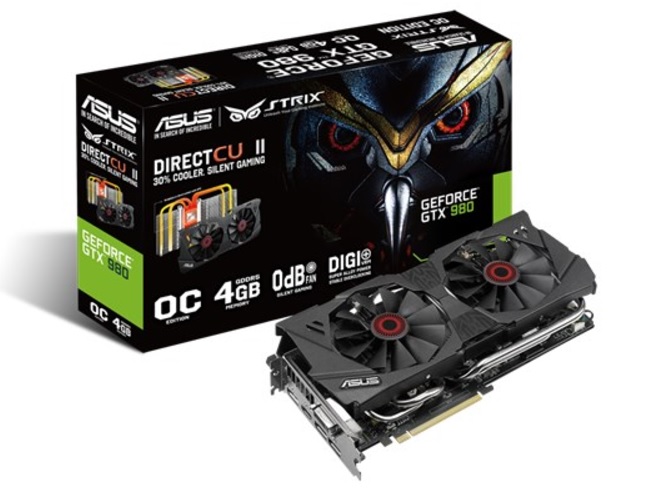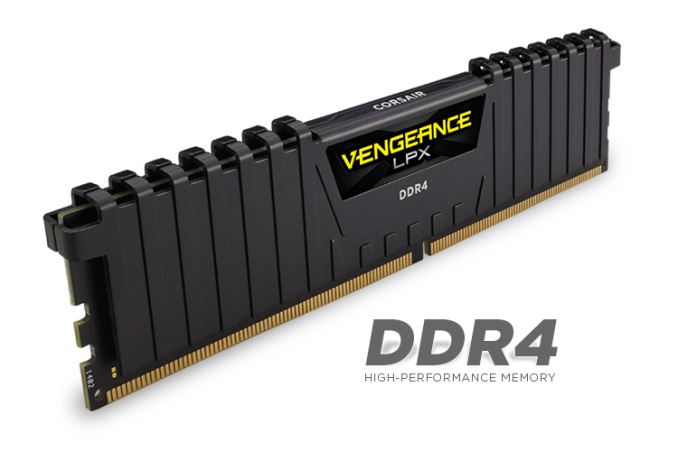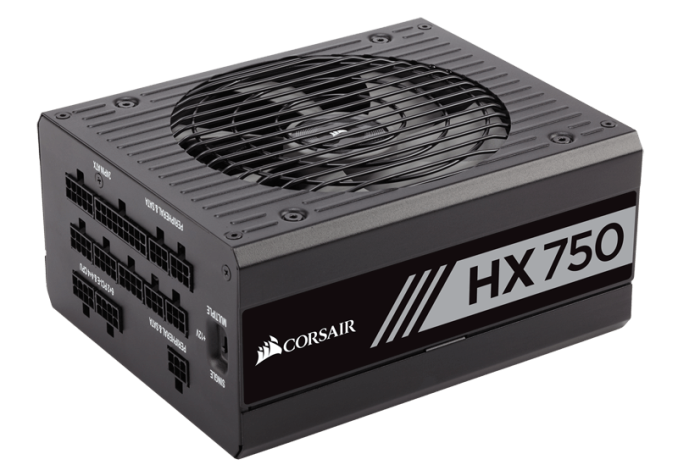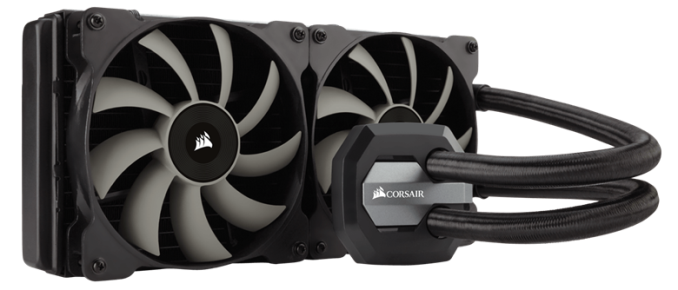The ASRock B360M-ITX/ac Motherboard Review: Tiny Take on B360, Sub $100
by Joe Shields on September 17, 2018 8:00 AM EST- Posted in
- Motherboards
- Intel
- ASRock
- Mini ITX
- 802.11ac
- Wi-Fi
- Coffee Lake
- i7-8700K
- B360
Board Features
The ASRock B360M-ITX/ac is intended to be an inexpensive solution to get into the Coffee-Lake platform for those who may not want to overclock and find real estate for a desktop at a premium. The Mini-ITX size board does include many 'big board' type features including an M.2 slot for PCIe and SATA based M.2 modules, a full-length PCIe port for graphics, as well as including an Intel I219-V Gigabit NIC and integrated dual-band Wi-Fi rated to run at 433 Mbps. The board also includes USB 3.1 (10 Gbps) ports of the type-A variety but a Type-C port will not be found on this budget board. Overall the B360 has the features most would want in a budget board and supports the flagship i7-8700K.
| ASRock B360M-ITX/ac | |
| Warranty Period | 1 Year |
| Product Page | LINK |
| Price | $102 (Amazon) |
| Size | Mini-ITX |
| CPU Interface | LGA1151 |
| Chipset | Intel B360 |
| Memory Slots (DDR4) | Two DDR4 Dual Channel Supporting 32GB Up to DDR4 2666 |
| Network Connectivity / Wi-Fi | 1 x Intel I219V GbE 1 x Intel Wi-Fi 802.11ac (433 Mbps) with Bluetooth 4.2 |
| Onboard Audio | Realtek ALC887 7.1ch surround |
| Video Outputs | 1 x HDMI 1 x DisplayPort (1.2) 1 x DVI-I |
| PCIe Slots for Graphics (from CPU) | 1 x PCIe 3.0 |
| PCIe Slots for Other (from PCH) | N/A |
| Onboard SATA | 4 x RAID 0/1/5/10 |
| Onboard SATA Express | None |
| Onboard M.2 | 1 x PCIe 3.0 x4 and SATA modes |
| Onboard U.2 | None |
| USB 3.1 (10 Gbps) | 2 x Type-A back panel |
| USB 3.0 (5 Gbps - includes 3.1 Gen 1) | 2 x back panel 2 x via internal header |
| USB 2.0 | 2 x via internal header |
| Power Connectors | 1 x 24-pin ATX 1 x 8-pin CPU |
| Fan Headers | 1 x 4-pin CPU (1A/12W) 1 x 4-pin Chassis/Water Pump 1 x 4-pin Chassis |
| IO Panel | 2 x Antenna ports 1 x PS/2 Mouse/Keyboard port 1 x DVI-I 1 x HDMI (2.0) 1 x DisplayPort 1.2 2 x USB 3.1 Type-A ports (10 Gbps) 2 x USB 3.0 ports (ESD protection) 1 x RJ-45 3 x HD Audio Jacks |
Test Bed
As per our testing policy, we take a high-end CPU suitable for the motherboard that was released during the socket’s initial launch and equip the system with a suitable amount of memory running at the processor maximum supported frequency. This is also typically run at JEDEC sub timings where possible. It is noted that some users are not keen on this policy, stating that sometimes the maximum supported frequency is quite low, or faster memory is available at a similar price, or that the JEDEC speeds can be prohibitive for performance. While these comments make sense, ultimately very few users apply memory profiles (either XMP or other) as they require interaction with the BIOS, and most users will fall back on JEDEC supported speeds - this includes home users as well as industry who might want to shave off a cent or two from the cost or stay within the margins set by the manufacturer. Where possible, we will extend our testing to include faster memory modules either at the same time as the review or a later date.
Readers of our motherboard review section will have noted the trend in modern motherboards to implement a form of MultiCore Enhancement / Acceleration / Turbo (read our report here) on their motherboards. This does several things, including better benchmark results at stock settings (not entirely needed if overclocking is an end-user goal) at the expense of heat and temperature. It also gives, in essence, an automatic overclock which may be against what the user wants. Our testing methodology is ‘out-of-the-box’, with the latest public BIOS installed and XMP enabled, and thus subject to the whims of this feature. It is ultimately up to the motherboard manufacturer to take this risk – and manufacturers taking risks in the setup is something they do on every product (think C-state settings, USB priority, DPC Latency/monitoring priority, overriding memory sub-timings at JEDEC). Processor speed change is part of that risk, and ultimately if no overclocking is planned, some motherboards will affect how fast that shiny new processor goes and can be an important factor in the system build.
| Test Setup | |
| Processor | Intel i7 8700K (6C/12T, 3.7G, 95W) |
| Motherboard | ASRock B360M-ITX/ac (BIOS P1.40) |
| Cooling | Corsair H115i |
| Power Supply | Corsair HX750 |
| Memory | Corsair Vengeance LPX 4x8GB DDR4 2666 CL16 Corsair Vengeance 4x4GB DDR4 3200 CL16 used in 2x 4/8GB capacity on dual Channel Platform |
| Memory Settings | DDR4 2666 CL16-18-18-35 2T |
| Video Cards | ASUS Strix GTX 980 |
| Hard Drive | Crucial MX300 1TB |
| Optical Drive | TSST TS-H653G |
| Case | Open Test Bed |
| Operating System | Windows 10 Pro 64-bit |
Many thanks to...
We must thank the following companies for kindly providing hardware for our multiple test beds. Some of this hardware is not in this testbed specifically but is used in other testing.
Thank you to ASUS for providing us with GTX 980 Strix GPUs. At the time of release, the STRIX brand from ASUS was aimed at silent running, or to use the marketing term: '0dB Silent Gaming'. This enables the card to disable the fans when the GPU is dealing with low loads well within temperature specifications. These cards equip the GTX 980 silicon with ASUS' Direct CU II cooler and 10-phase digital VRMs, aimed at high-efficiency conversion. Along with the card, ASUS bundles GPU Tweak software for overclocking and streaming assistance.
The GTX 980 uses NVIDIA's GM204 silicon die, built upon their Maxwell architecture. This die is 5.2 billion transistors for a die size of 298 mm2, built on TMSC's 28nm process. A GTX 980 uses the full GM204 core, with 2048 CUDA Cores and 64 ROPs with a 256-bit memory bus to GDDR5. The official power rating for the GTX 980 is 165W.
The ASUS GTX 980 Strix 4GB (or the full name of STRIX-GTX980-DC2OC-4GD5) runs a reasonable overclock over a reference GTX 980 card, with frequencies in the range of 1178-1279 MHz. The memory runs at stock, in this case, 7010 MHz. Video outputs include three DisplayPort connectors, one HDMI 2.0 connector, and a DVI-I.
Further Reading: AnandTech's NVIDIA GTX 980 Review
Thank you to Crucial for providing us with MX300 SSDs. Crucial stepped up to the plate as our benchmark list grows larger with newer benchmarks and titles, and the 1TB MX300 units are strong performers. Based on Marvell's 88SS1074 controller and using Micron's 384Gbit 32-layer 3D TLC NAND, these are 7mm high, 2.5-inch drives rated for 92K random read IOPS and 530/510 MB/s sequential read and write speeds.
The 1TB models we are using here support TCG Opal 2.0 and IEEE-1667 (eDrive) encryption and have a 360TB rated endurance with a three-year warranty.
Further Reading: AnandTech's Crucial MX300 (750 GB) Review
Thank you to Corsair for providing us with Vengeance LPX DDR4 Memory, HX750 Power Supply, and H115i CPU Cooler.
Corsair kindly sent a 4x8GB DDR4 2666 set of their Vengeance LPX low profile, high-performance memory for our stock testing. The heatsink is made of pure aluminum to help remove heat from the sticks and has an eight-layer PCB. The heatsink is a low profile design to help fit in spaces where there may not be room for a tall heat spreader; think a SFF case or using a large heatsink. Timings on this specific set come in at 16-18-18-35. The Vengeance LPX line supports XMP 2.0 profiles for easily setting the speed and timings. It also comes with a limited lifetime warranty.
Powering the test system is Corsair's HX750 Power Supply. This HX750 is a dual mode unit able to switch from a single 12V rail (62.5A/750W) to a five rail CPU (40A max ea.) and is also fully modular. It has a typical selection of connectors, including dual EPS 4+4 pin four PCIe connectors and a whopping 16 SATA power leads, as well as four 4-pin Molex connectors.
The 135mm fluid dynamic bearing fan remains off until it is 40% loaded offering complete silence in light workloads. The HX750 comes with a ten-year warranty.
In order to cool these CPUs, Corsair sent over its latest and largest AIO in the H115i. This closed-loop system uses a 280mm radiator with 2x140mm SP140L PWM controlled fans. The pump/block combination mounts to all modern CPU sockets. Users are also able to integrate this cooler into the Corsair link software via USB for more control and options.















23 Comments
View All Comments
katsetus - Monday, September 17, 2018 - link
So... It's not very good?Power delivery being overloaded by a "95 watt" CPU is not a good sign. Everyone knows that Intel's TDPs are by and large arbitrary numbers, especially motherboard engineers.
Although, I guess, same as you do, that this will not be paired with higher-end CPUs and neither will they be pushed to the limits. Still, a poor effort in my mind, especially for a B-series motherboard.
PeachNCream - Tuesday, September 18, 2018 - link
I'm thinking the 8700k is an outlier CPU in this motherboard under those particular workload conditions would be unusual. It's likely any of the non-K i5 and i3 processors equipped with a retail boxed cooler wouldn't exhibit the same problems when fully loaded. They're far more likely candidates for a motherboard in this price range anyway.Yeah, it the board should handle the workload better given its rated for a 95W chip, but it doesn't make a lot of sense to cheap out on the motherboard when trying to squeeze everything you can out of a K CPU.
Mr Perfect - Wednesday, September 19, 2018 - link
This makes me wonder how well it would do with an 8600 non-k. It's a little silly to get a Z3x0 overclocking chipset for a locked processor, so a B360 like this would have been worth considering.Yaldabaoth - Monday, September 17, 2018 - link
Page 8: " On the audio side of things, the Realtek ALC887 codec is used and supports 7.1ch surround. "Please educate me. How can this board support that with the audio I/O it provides? Doesn't it need more, or am I that behind the times?
katsetus - Monday, September 17, 2018 - link
*To configure 7.1 CH HD Audio, it is required to use an HD front panel audio module and enable the multi-channel audio feature through the audio driver.The jacks have 2 poles, so you get 4 channels from front panel.
Also a fun fact: ALC887 is now over 10 years old.
Yaldabaoth - Monday, September 17, 2018 - link
Thanks for that insight!kmi187 - Monday, September 17, 2018 - link
What I found funny about this chip is that it can sound extremely horrible, and also very good. A lot depends on how the manufacturer decided to implement the chip on the board and with what components. Since they usually end up in very cheap boards, not a lot attention is given so most people think they sound bad. Rightfully so, if you hear bad sound, it's probably bad. But then on other boards with the same chip, it can sound really nice.Now I'm not saying this is a great chip, it's average at best and that's all it ever will be. But how it's implemented on a board, defenitly makes a difference in the end result that you get to hear.
bigpondsupport - Tuesday, September 18, 2018 - link
For more details http://bigpondsupporthelp.strikingly.com/Samus - Monday, September 17, 2018 - link
The audio codec kills the board as an option for me. I'm looking to build an i5-8400 replacement for my FT03-mini still running an H87 Xeon V3 board. Basically I'd like NVMe M.2, native USB 3.1, and modern PCIe.But since ITX boards naturally only have ONE PCIe slot, every other component needs to be future-proof. The ALC 887 IS NOT future-proof. It's a terrible codec by modern standards. The SNR isn't competitive no matter how it is implemented.
The fact it struggled with a 95w CPU isn't all that surprising, but follows the theme of corner-cutting through this boards development. This would be a good board for $50-$60, because it's obviously the worst ITX board you can buy for Coffee Lake. At it's current price it's a no-brainer to just buy the ASUS for $20 more...
vlado08 - Monday, September 17, 2018 - link
I don't think there is a HDMI 2.0 on this board